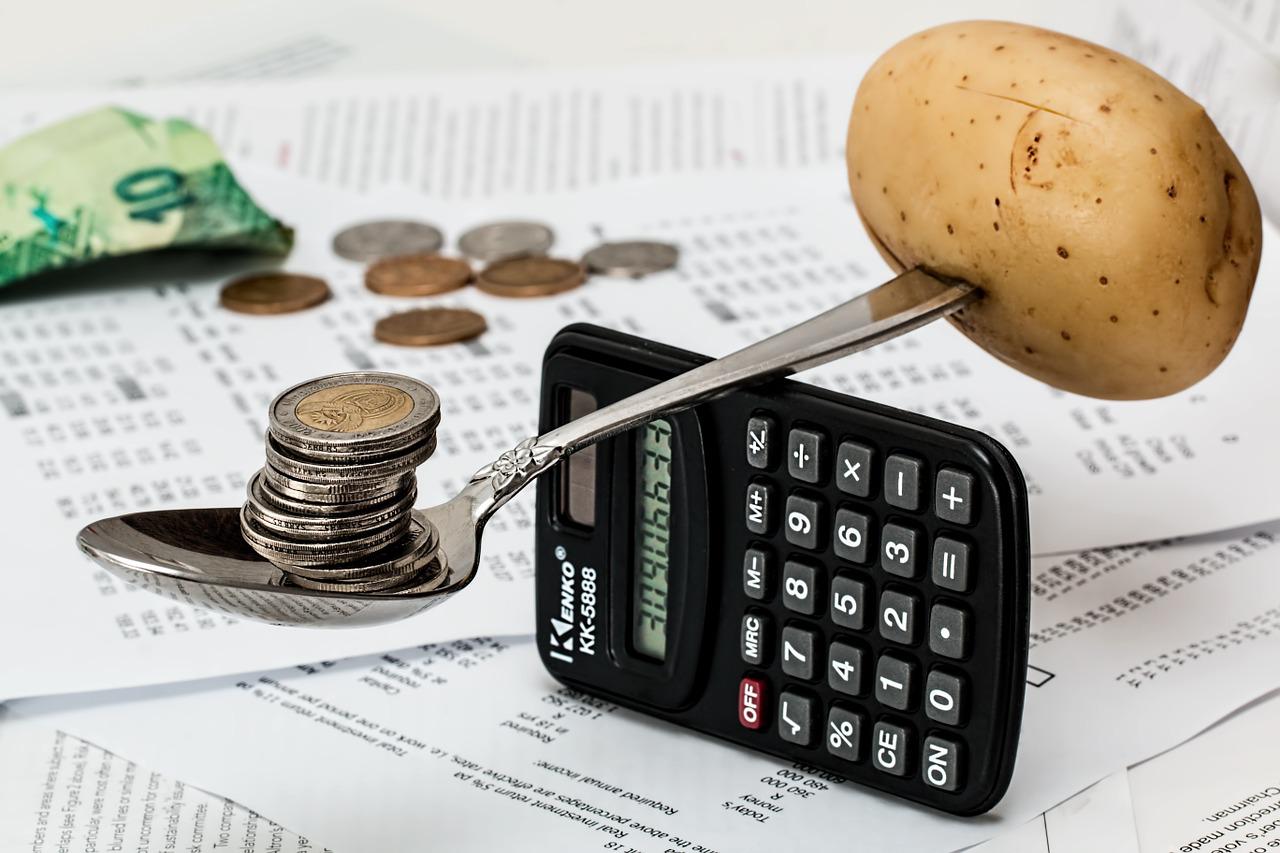To create a personal budget, you need to know how much money you earn, and where it goes. By subtracting your expenses from your income, you’ll find out where your money is going – toward debt repayment, personal expenses, or saving. Your budget should have four main categories: personal spending, debt repayment, and emergency savings. Using this structure, you’ll know how much you can comfortably spend each month. Then, you’ll be able to plan for the future and avoid overspending.
Create a personal budget
The first step to create a personal budget is to calculate your monthly income. This income should come from a variety of sources, including your paycheck or wage, dividends, interest, rental income, and other investments. You should also include taxes and Social Security withholdings. You will likely have to pay these, but other income sources may not. The goal is to determine how much money you can realistically spend every month. Then, you can start evaluating your goals and making adjustments accordingly.
Creating a budget will make it easier to see where you can cut back on your spending. It is a proven fact that if you write your goals down, you have an 80 percent chance of achieving them. The next step is to review your current situation and write down what you would like to save each month. Whether it is making a cup of coffee or planning for retirement, writing down your goals will help you stay on track with your personal finances.
Track your spending
Keeping track of your expenses can help you identify areas where you can cut back on expenses and save money. If your expenses are increasing, do not increase your budget without looking for alternatives. Instead, look for ways to save money, such as shopping for better deals. If you are under or over-spending, you may want to adjust your budget accordingly. Once you have a clear understanding of your budget, you can make necessary changes.
The process of tracking your expenses can be simple and fun. You can use a notebook, spreadsheet, phone app, or software program to keep track of your money. You can do this as you spend it, or you can track it for longer periods of time. You can also log your transactions through online banking or hard copy statements. The more detailed you make the log, the more you can see where your money goes and what you can cut back on.
Create a budget for emergencies
Creating a personal budget for emergencies may seem like a daunting task, but it doesn’t have to be. You can tough out difficult times, save more money and reach your financial goals faster. This article is for informational purposes only. For more information, contact Advance America. We’ve helped millions of people manage their finances since 1997. Contact us today for a free, no obligation consultation. We can help you with your emergency financial situation.
Increasing your emergency savings can be as simple as cutting back on your expenses. By cutting back on your entertainment and eating out, you’ll be saving more money each month. Even selling things around the house can result in significant cash. Another way to add to your emergency fund is to automate your savings. This way, you don’t have to worry about when the money comes in. You can even save up extra money for gifts.
Plan for the future
Most people at any stage of life need to plan for their future. Saving money is the most important long-term financial goal for most people. You should save 10% to 15% of every paycheck in a tax-advantaged retirement account, such as a traditional or Roth IRA. Saving money for retirement is the best way to guarantee that you will not need it in the future, but small steps can help you get on track.

